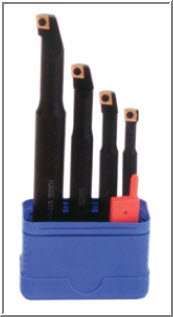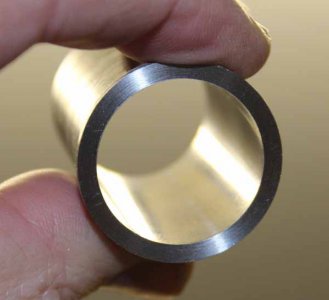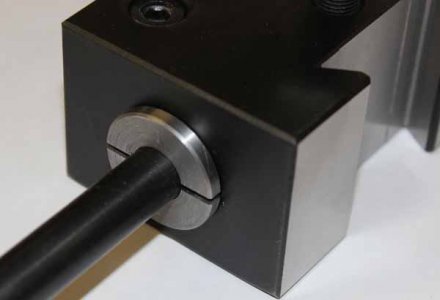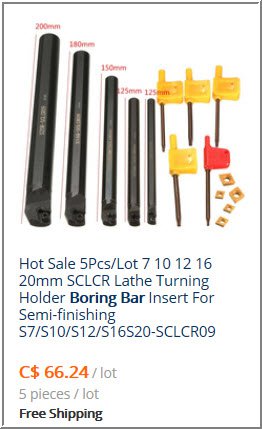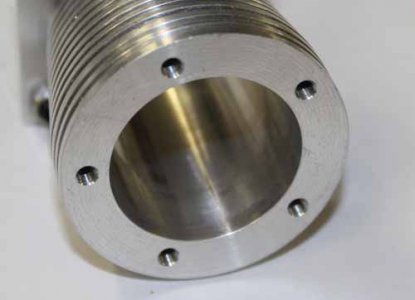- Joined
- Apr 4, 2016
- Messages
- 72
Wasn't quite sure how to title this.
I've been toying with the idea of making a flame licker engine, not sure I'll ever complete it but I've made a start on some parts.
Because it isn't a serious effort and still part of learning what the lathe is capable of I'm just working with what comes to hand. In this case for the cylinder with a nominal I.D. of about 1 inch it was a length of old galvanised (gas or water?) pipe. Reading around it seems that cast iron has the best heat transfer properties for flame lickers, this pipe would be a steel. Sure I read somewhere that brass really won't give sustained runs.
Anyway outside cleaned up reasonably well and a second go now I have finer aspects of the turn nailed will be better still. For the interior I had a boring bar. This needed to clean about 2 inches plus up sufficiently well to make a seal with a high temp O ring. What I quickly discovered is that an 8mmx8mm tool projecting far enough forward from the holder for the depth flexes, bounces, and vibrates so badly that I can't even get a cut to commence.
My alternative would I imagine to be to drill and then if required possibly ream at the required size. My biggest drill is only 13mm so only ~ half required size. If I buy a larger diameter (probably would need to be an MT2, no tang) my question is a small lathe @ 400W or less up to running that diameter through steel or cast iron? Obviously I wouldn't try to drill this particular pipe, I'd be begging for it to jam on me so close to diameter.
Next lead off from this would be is there a tool holder out there that will hold larger size tools at the correct height for a mini lathe? Not applicable to boring bars I guess.
Cheers all.
I've been toying with the idea of making a flame licker engine, not sure I'll ever complete it but I've made a start on some parts.
Because it isn't a serious effort and still part of learning what the lathe is capable of I'm just working with what comes to hand. In this case for the cylinder with a nominal I.D. of about 1 inch it was a length of old galvanised (gas or water?) pipe. Reading around it seems that cast iron has the best heat transfer properties for flame lickers, this pipe would be a steel. Sure I read somewhere that brass really won't give sustained runs.
Anyway outside cleaned up reasonably well and a second go now I have finer aspects of the turn nailed will be better still. For the interior I had a boring bar. This needed to clean about 2 inches plus up sufficiently well to make a seal with a high temp O ring. What I quickly discovered is that an 8mmx8mm tool projecting far enough forward from the holder for the depth flexes, bounces, and vibrates so badly that I can't even get a cut to commence.
My alternative would I imagine to be to drill and then if required possibly ream at the required size. My biggest drill is only 13mm so only ~ half required size. If I buy a larger diameter (probably would need to be an MT2, no tang) my question is a small lathe @ 400W or less up to running that diameter through steel or cast iron? Obviously I wouldn't try to drill this particular pipe, I'd be begging for it to jam on me so close to diameter.
Next lead off from this would be is there a tool holder out there that will hold larger size tools at the correct height for a mini lathe? Not applicable to boring bars I guess.
Cheers all.


